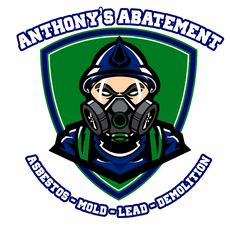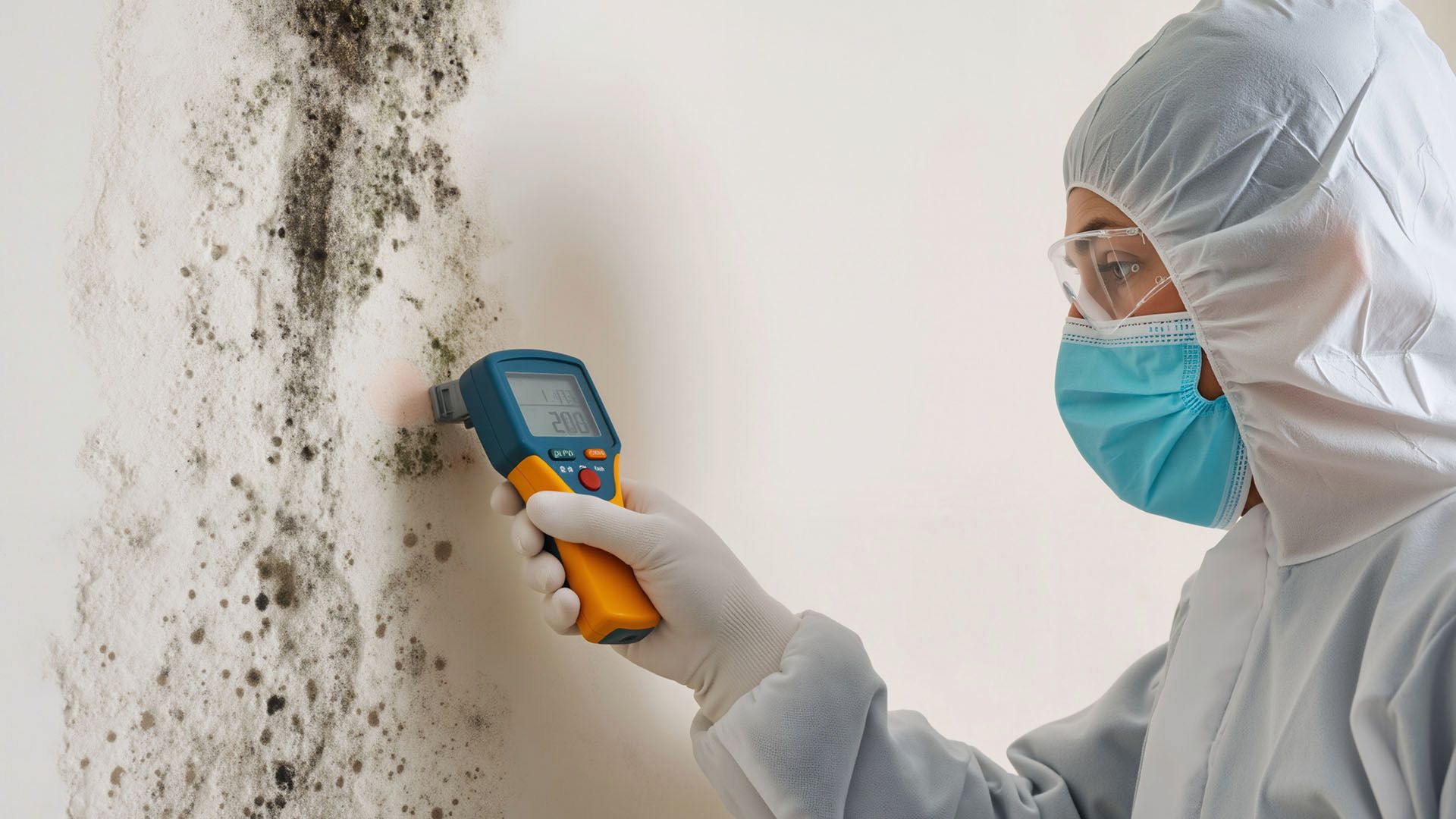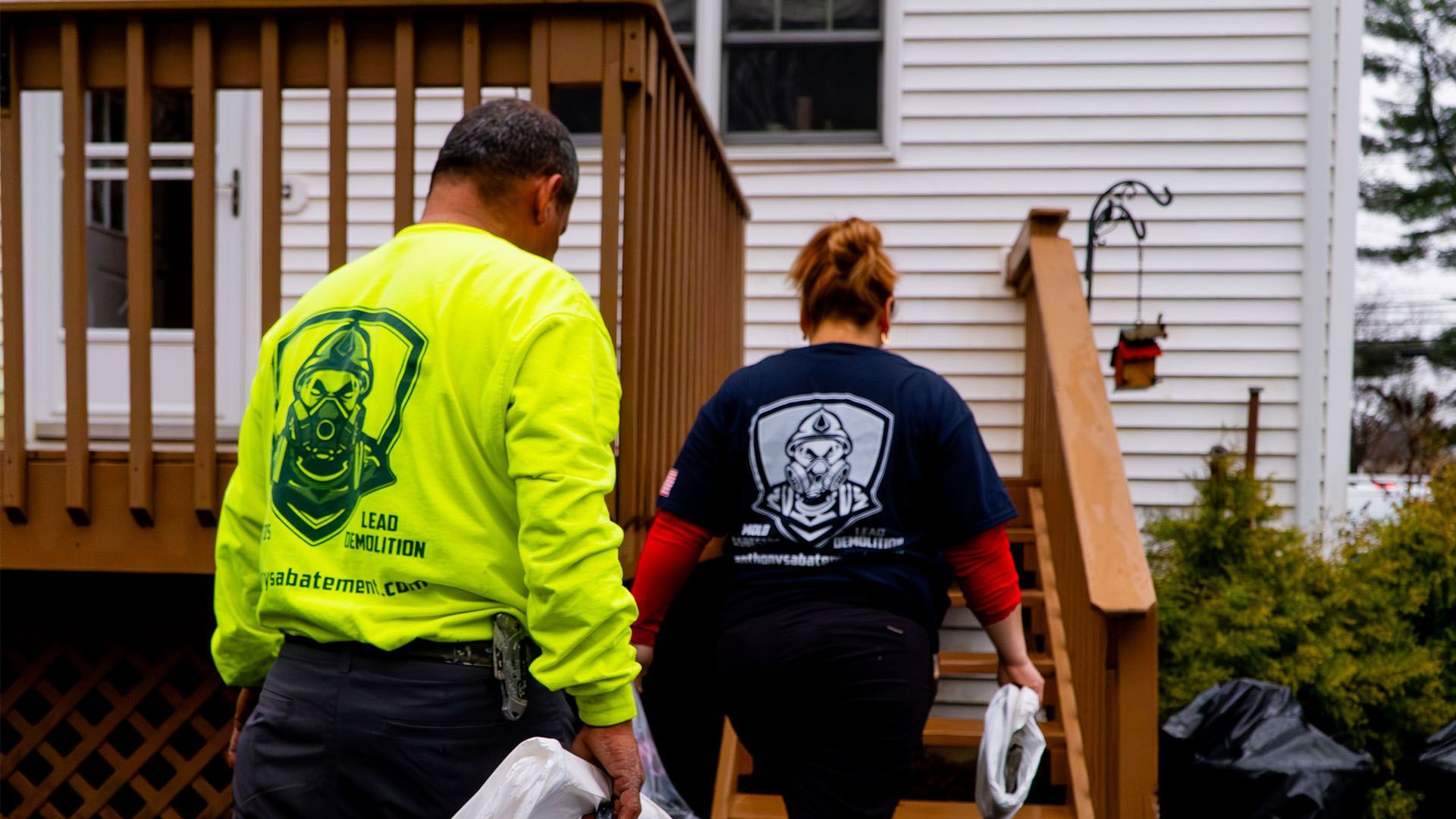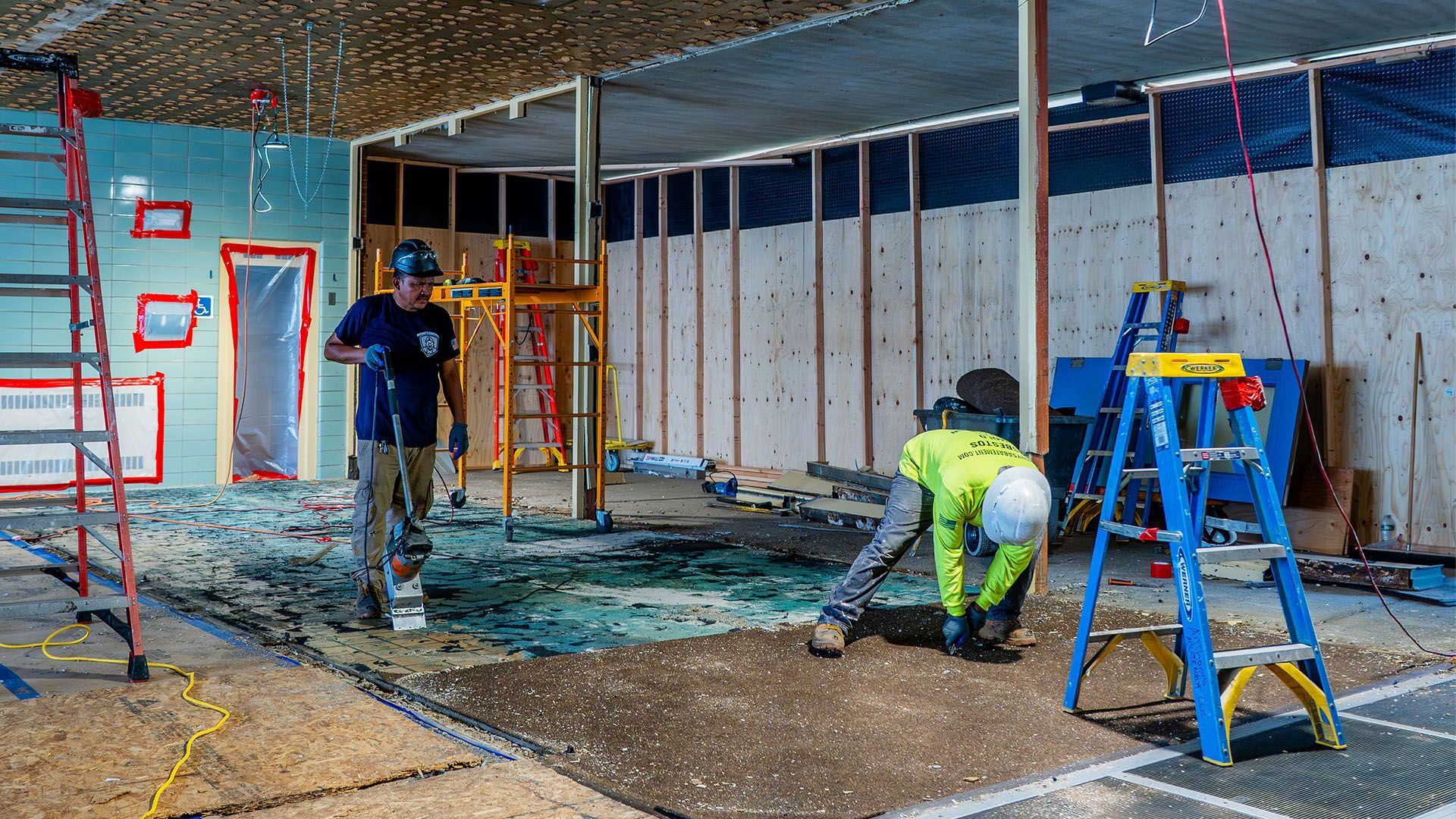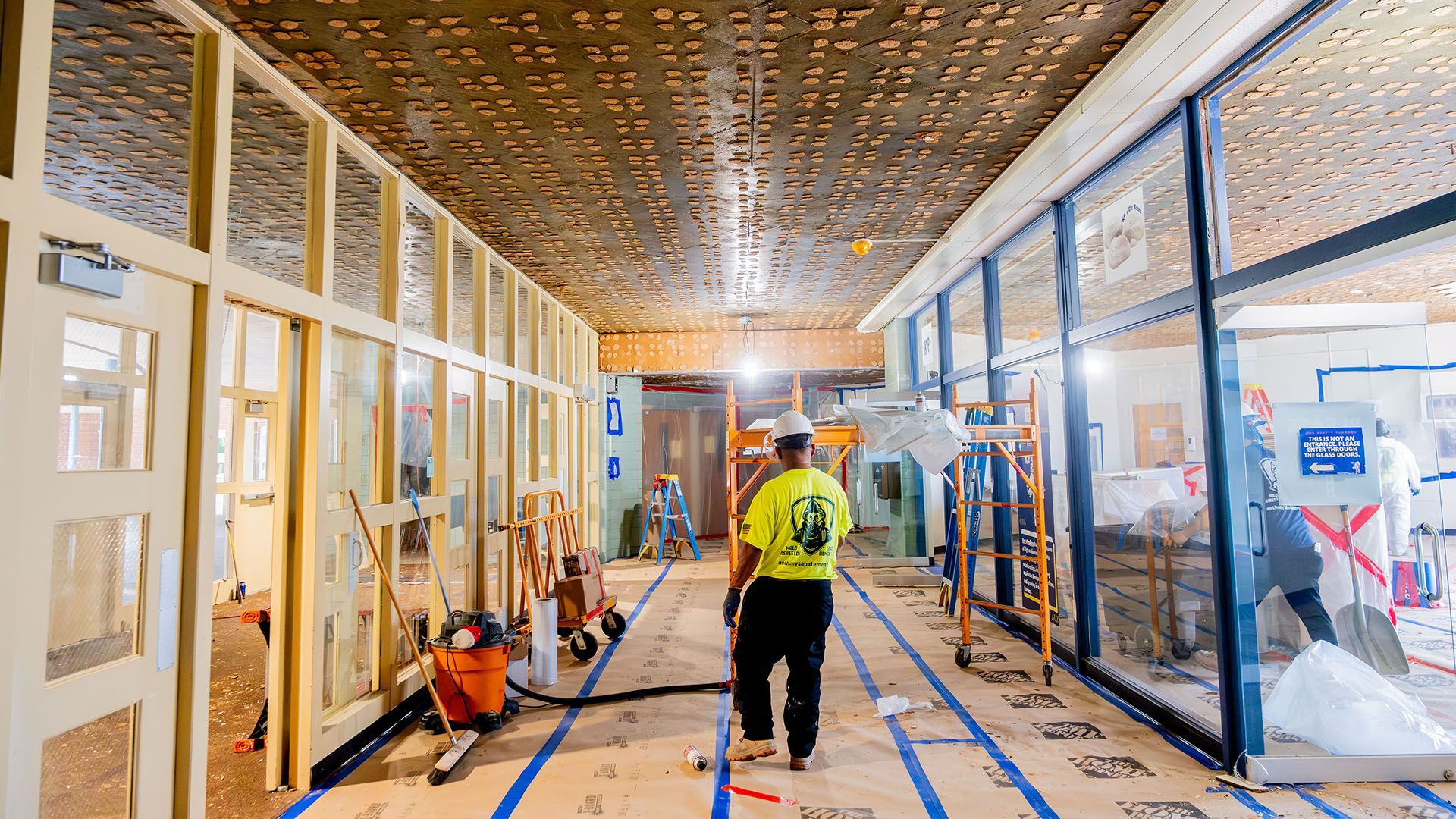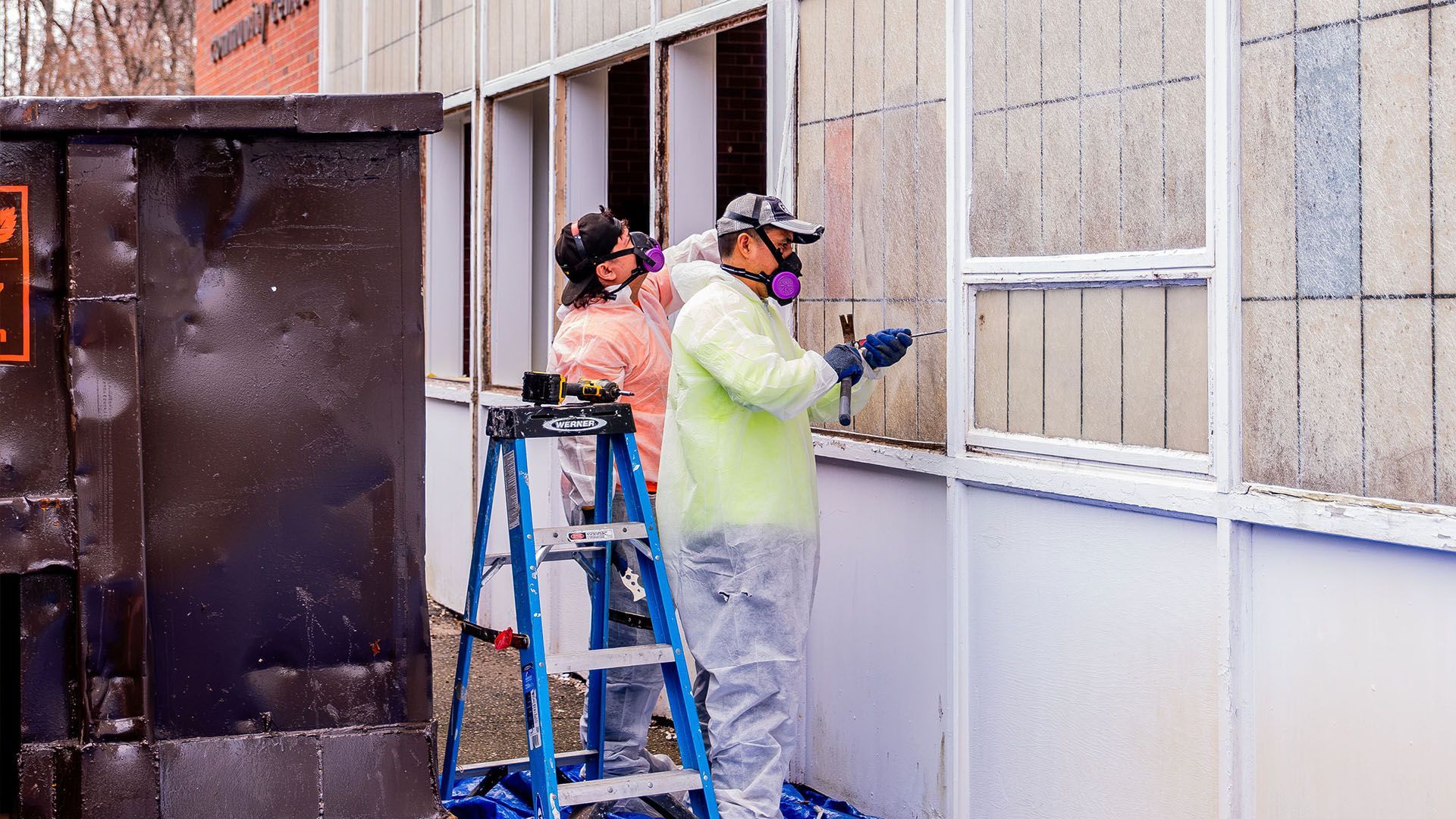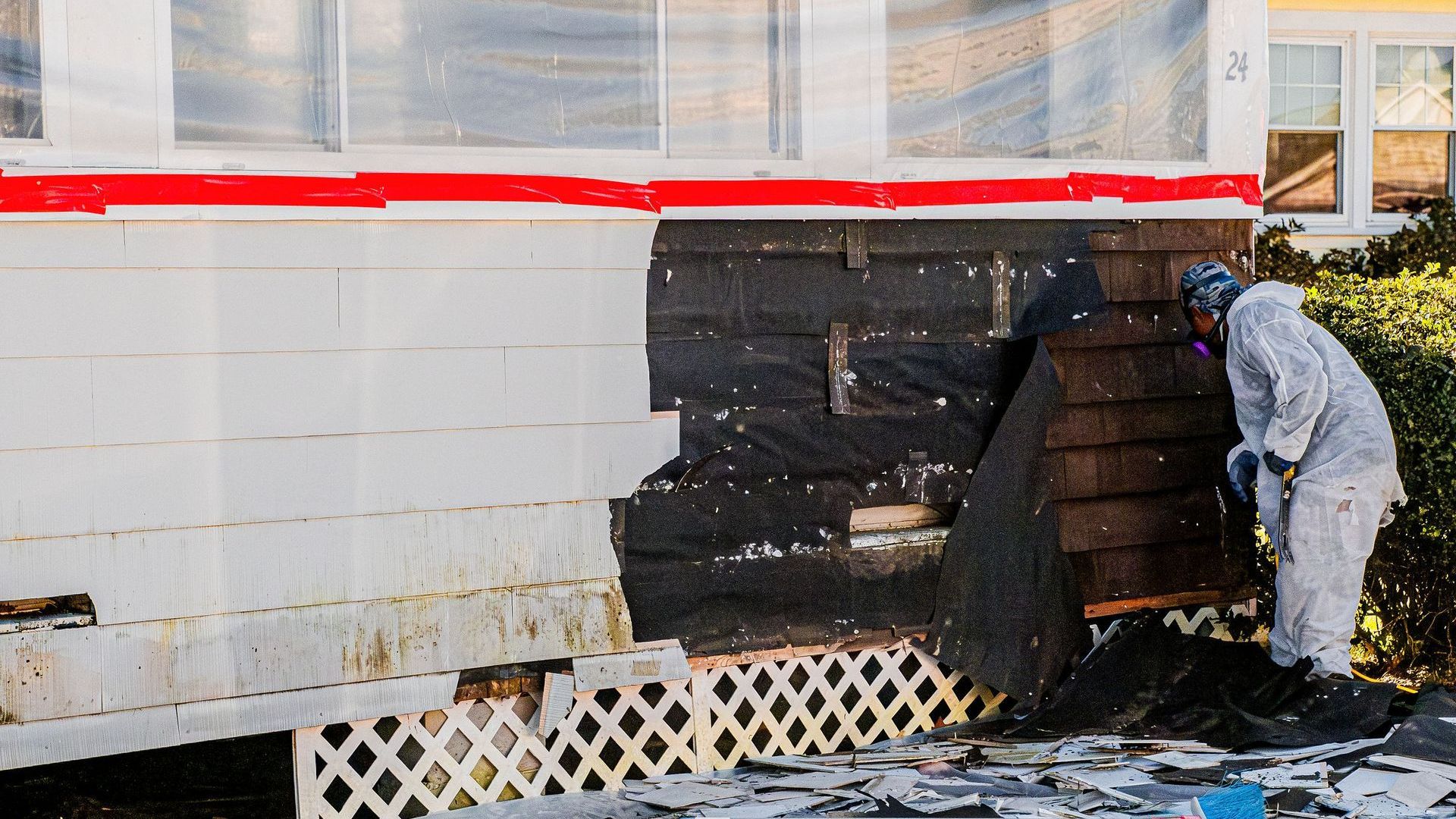Explore Asbestos Abatement Jobs: Training, Salary & Job Outlook
Interested in an asbestos abatement job? This guide covers what you need to know about job duties, necessary training, salary, and career prospects. Whether you’re new to the field or looking to advance, you’ll find essential information to help you succeed.
Key Takeaways
- Asbestos removal workers play a crucial role in public safety by identifying and safely disposing of hazardous materials, requiring detailed knowledge of regulations from organizations such as OSHA, NIOSH, and the EPA.
- The profession mandates a high school diploma, extensive specialized training, and certification from EPA-approved programs, with most states also requiring a state-issued license.
- The job demand for asbestos removal workers, including those in an asbestos abatement job, is expected to remain steady through 2032, with a median annual wage of $47,280 as of May 2023, and opportunities for career advancement into supervisory or specialized roles.
Understanding Asbestos Removal Jobs
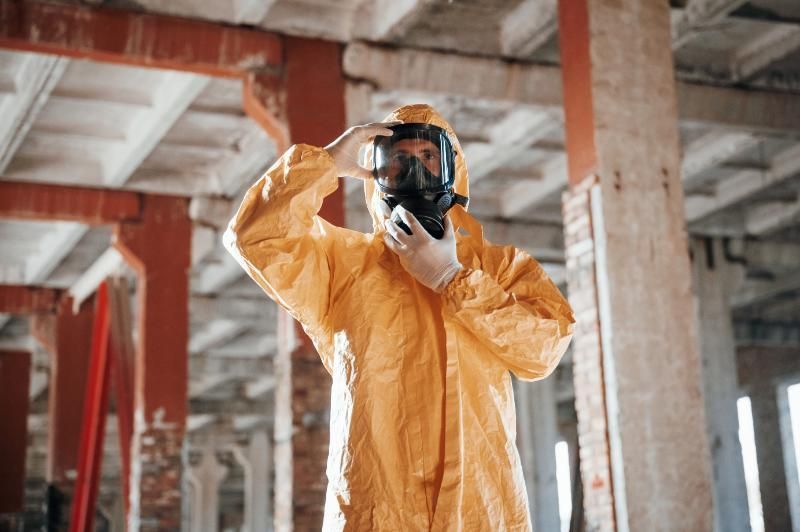
Understanding Asbestos Removal Jobs
Asbestos abatement job workers are pivotal in upholding public safety. They are responsible for:
- Identifying and safely disposing of harmful substances, including asbestos-containing materials, from various locations such as acoustical plaster, steel beam fireproofing, and pipe and boiler insulation.
- Operating in diverse environments, which might require them to work nights and weekends to minimize disruption and ensure safety.
- Decontaminating work areas, replacing removed materials, and restoring areas to their original condition. This often involves performing minor repairs like electrical, carpentry, plastering, and painting to return disturbed areas to their original state.
In order to carry out their responsibilities effectively, asbestos workers need a comprehensive knowledge of the principles, methods, tools, and procedures related to asbestos repair and removal. They need to be well-versed in regulations set by the following organizations:
- National Institute for Occupational Safety and Health (NIOSH)
- Occupational Safety and Health Administration (OSHA)
- Environmental Protection Agency (EPA)
This expertise ensures they can not only handle the hazardous materials safely but also comply with strict legal standards, thus protecting themselves, the public, and the environment.
What is Asbestos Abatement?
Asbestos abatement is the process of removing or containing asbestos-containing materials (ACMs) from buildings, structures, and other sites. Asbestos, a group of naturally occurring minerals, was once widely used in construction and insulation due to its fire-resistant and insulating properties. However, it has since been linked to severe health risks, including lung cancer, mesothelioma, and asbestosis. Consequently, the use of asbestos has been heavily regulated and banned in many countries. Asbestos abatement workers play a crucial role in safely removing and disposing of ACMs to prevent exposure to hazardous asbestos fibers. Their work is essential in ensuring that environments are safe for occupants and workers alike.
Job Description and Responsibilities
Asbestos abatement workers are tasked with the critical job of removing and disposing of asbestos-containing materials from various sites. Their responsibilities include:
- Conducting thorough site surveys to identify ACMs.
- Developing and implementing detailed asbestos abatement plans.
- Utilizing specialized equipment and techniques to safely remove and dispose of ACMs.
- Containing and meticulously cleaning up asbestos fibers and debris to prevent contamination.
- Ensuring strict compliance with safety protocols and regulatory standards.
- Collaborating with other workers and supervisors to ensure the safe and efficient execution of projects.
These workers may find themselves working on a diverse range of projects, from building renovations and demolitions to environmental remediation efforts. Their role is vital in maintaining public health and safety by effectively managing asbestos hazards.
Required Education and Training for Asbestos Workers
A combination of formal education and specialized training is required to qualify for an asbestos abatement job. The OSHA mandates that employers ensure workers exposed to asbestos fibers receive proper training. Asbestos workers need to complete formal training and accreditation to handle hazardous materials safely.
In this segment, we will delve into the essential educational prerequisites, specialized training programs, and the certifications and licensing necessary to become a competent asbestos worker.
High School Diploma

Asbestos workers are required at least to have a high school diploma or its equivalent to qualify for an asbestos abatement job. This basic education is fundamental as it helps workers grasp the technicalities of asbestos removal. Entry into the asbestos removal field typically begins with this level of education.
A high school diploma provides the basic knowledge and skills needed to comprehend and follow safety protocols and regulations, which are essential for dealing with hazardous materials.
Specialized Training Programs
Asbestos abatement job training programs are a key element in equipping asbestos workers for the field. These programs cover the repair and removal of asbestos-containing materials, combining theoretical knowledge with hands-on practice. Successful completion of an EPA-approved Asbestos Worker Training Course is mandatory. More extensive training, such as Abatement Worker Training, ranges from 32 to 40 hours and includes hands-on exercises and personal protection protocols. These courses ensure that workers are well-equipped to handle asbestos safely and effectively.
Training courses for asbestos certification typically last from two to five days, depending on the specific work type. Hazmat removal workers might also need to complete training following OSHA standards, which can open up additional career opportunities. This rigorous training prepares workers to handle asbestos safely, comply with regulatory standards, and protect themselves and others from exposure.
Certification and Licensing
Earning a certification and obtaining a license are integral parts of the process to become a professional asbestos worker, especially for those seeking to undertake an asbestos abatement job. Asbestos abatement activities must be conducted by trained and accredited professionals, as stipulated by the EPA’s Asbestos Model Accreditation Plan (MAP). Certification requires completing a training course from an EPA-approved provider. Workers must possess a valid EPA-approved Asbestos Worker/Supervisor Certificate and often need a state-issued license to perform asbestos-related work.
Most states mandate that asbestos workers hold a license, which typically requires completing a training course approved by the EPA or a state with an EPA-approved MAP. This licensing process ensures that only qualified individuals handle asbestos, thereby minimizing the risk of exposure and ensuring compliance with health and safety regulations.
Essential Tools and Equipment for Asbestos Removal
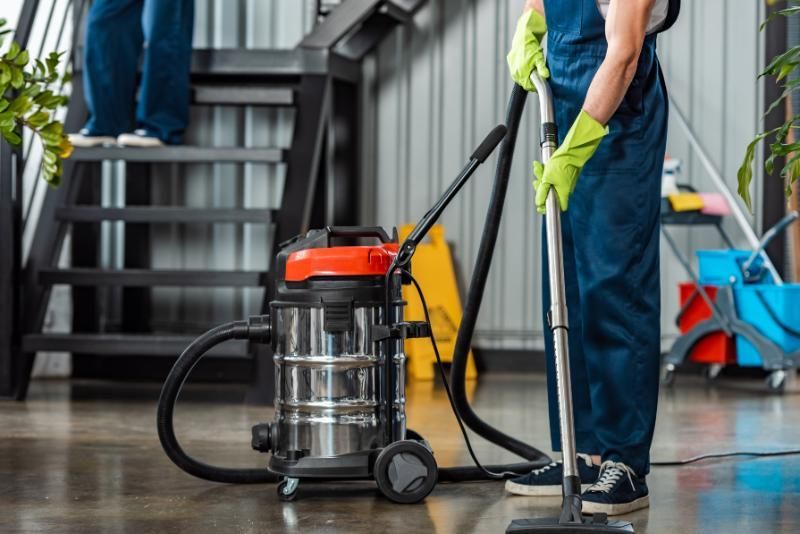
Specialized tools and equipment are required in any asbestos abatement job to guarantee the process’s safety and efficiency. Temporary containment barriers, such as Abatement Technologies SHIELD WALL™, are used to isolate the asbestos removal area. These barriers help prevent asbestos fibers from spreading to uncontaminated areas. HEPA-filtered vacuum extraction systems are essential for cleaning up asbestos dust, significantly reducing worker exposure to airborne particulates.
Specialized tools like low-speed buffers and HEPA-filtered vacuums are crucial for handling friable asbestos materials. Workers also install HEPA filtering equipment and remove suspended ceilings before spraying amended water on asbestos material to prevent dust from becoming airborne. Proper disposal of asbestos waste in sealed containers is another critical step to ensure safety. These tools and equipment are indispensable in maintaining a safe work environment during asbestos abatement projects.
Health and Safety Measures
Given the significant health risks posed by asbestos exposure, health and safety measures take precedence in any asbestos abatement job. Asbestos abatement workers face dangers such as lung disease and cancer. These risks have been exacerbated by the COVID-19 pandemic, which has increased workers’ vulnerability to respiratory complications.
In this segment, we will cover the essential health and safety measures, including the use of personal protective equipment (PPE), safe removal techniques, and the significance of secure online connections when accessing training materials.
Personal Protective Equipment (PPE)
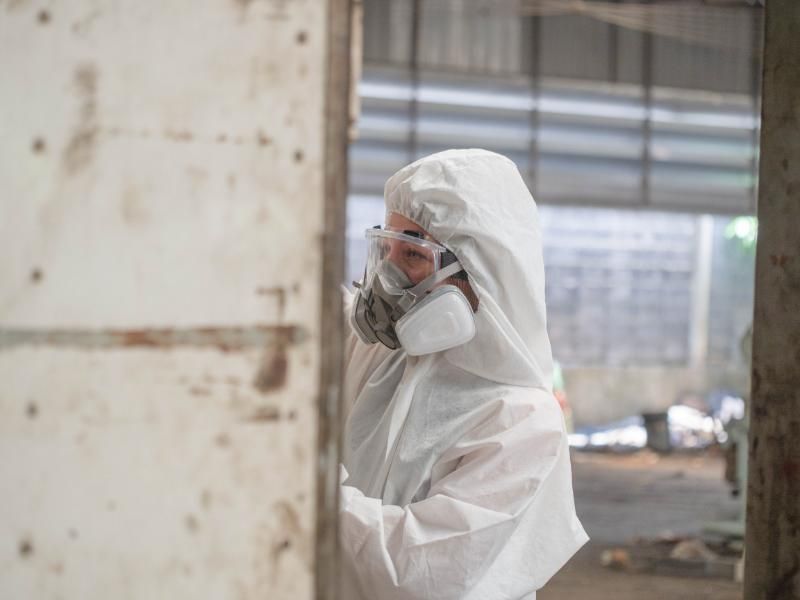
Using personal protective equipment (PPE) is of utmost importance in reducing asbestos exposure risks for workers during an asbestos abatement job. PPE includes respiratory protective equipment, impervious overalls, and appropriate footwear. Respiratory protective equipment (RPE) is crucial for avoiding inhaling asbestos fibers. Air purifying respirators with HEPA-filtered cartridges are commonly used to reduce dust inhalation during asbestos removal.
Disposable coveralls are worn to prevent dust entry during the abatement process. Proper maintenance of respiratory masks is vital, as malfunctioning equipment can cause cardio-respiratory strain. Regular inspection and replacement of protective suits ensure they do not tear during use, maintaining safety. Workers should also be clean-shaven to ensure a proper seal when wearing respirators. These measures are critical in protecting workers from the hazardous effects of asbestos exposure.
Safe Removal Techniques
In order to prevent exposure risks from airborne asbestos fibers, adhering to safe removal techniques is essential during an asbestos abatement job. Creating a containment area involves erecting plastic barriers, sealing off openings, and constructing double barrier airlocks. Using controlled work practices, such as removing asbestos materials intact and carefully managing the work area, helps prevent the release of asbestos fibers into the air.
Wet methods, including proper wetting techniques, are employed to suppress dust and minimize fiber release during asbestos removal. These methods are essential in ensuring that the asbestos fibers do not become airborne, thus reducing the risk of inhalation. Implementing these techniques requires meticulous planning and execution, highlighting the importance of training and adherence to safety protocols.
Review the Security of Your Connection Before Proceeding
It is of utmost importance to ensure a secure connection when accessing online resources and training materials for an asbestos abatement job to safeguard sensitive information. Using encrypted connections (HTTPS) helps safeguard data while accessing online training materials. This step ensures that the information remains confidential and that the resources are accessed safely, thereby maintaining the integrity of the training process.
Physical Demands and Health Risks
Asbestos abatement work is not only physically demanding but also poses significant health risks. Workers in this field may be required to:
- Wear heavy protective gear, including respirators, gloves, and full-body suits.
- Operate in confined spaces and at various heights.
- Lift and transport heavy equipment and materials.
- Endure extreme temperatures, both hot and cold.
- Face exposure to asbestos fibers and other hazardous substances.
Without proper training and equipment, asbestos abatement workers are at risk of developing serious health conditions such as lung cancer, mesothelioma, and asbestosis. Therefore, it is imperative that they are adequately trained and equipped to handle asbestos-containing materials safely.
Career Outlook and Salary Expectations
With the continuous need to remove asbestos from older buildings, the career outlook for an asbestos abatement job is quite promising. The demand for hazardous materials removal workers is expected to remain steady from 2022 to 2032.
In this segment, we will delve into the job demand, salary expectations, and career advancement opportunities available for asbestos workers.
Job Demand
The job demand for hazardous materials removal workers, including those handling asbestos, is projected to remain stable with little or no change from 2022 to 2032. Approximately 5,200 openings for hazardous materials removal workers are projected each year, primarily due to the need for replacement workers. The continued need to remove asbestos from older structures, despite the ban on its use in new construction, sustains this job demand.
Salary Range
The median annual wage for hazardous materials removal workers, including those handling an asbestos abatement job, was $47,280 in May 2023. The hourly wage was reported to be $22.73. Salaries vary based on experience and location, with entry-level workers earning less than those in supervisory or specialized roles.
Geographic location also significantly impacts salary, with variations seen across different states and areas.
Career Advancement Opportunities
Career advancement in an asbestos abatement job can lead to supervisory roles, specialized positions such as inspection or project management, or even further education in related fields. Some workers may advance by obtaining training in handling other hazardous materials, broadening their skill set and opening up additional career opportunities.
For career advancement, it’s essential that workers continually learn through courses and workshops, which helps them stay abreast of industry standards and best practices.
Legal and Regulatory Considerations
In any asbestos abatement job, it’s crucial to consider legal and regulatory aspects to ensure compliance with laws and guidelines from various agencies such as the EPA, OSHA, and MSHA. In this segment, we will delve into these regulations, highlighting the necessity of compliance to evade legal penalties and guarantee worker safety.
Compliance with Regulations
For any asbestos abatement job, it’s imperative to comply with regulations. The Asbestos-Containing Materials in Schools Rule mandates that local education agencies inspect their buildings for asbestos and implement management plans to mitigate hazards. The Asbestos National Emission Standards for Hazardous Air Pollutants (NESHAP) regulations require thorough notification and specific work practices during demolitions and renovations.
OSHA’s Asbestos General Standard specifies permissible exposure limits and worker training requirements. The Asbestos Worker Protection Rule extends OSHA’s requirements to state and local government employees. EPA regulations for schools require maintenance workers handling asbestos to undergo 16 hours of training. These regulations ensure that asbestos removal is conducted safely and effectively, protecting both workers and the public.
Verification Successful Waiting
In an asbestos abatement job, verification is a critical step to ascertain that the area is safe and devoid of harmful fibers. Workers must prepare detailed reports of completed assignments, including the types and quantities of materials used.
Verification often involves mandatory waiting periods to ensure no harmful fibers remain, ensuring the safety of the area before it is deemed safe for occupancy.
Verify You Are Human
Online platforms often require human verification steps, such as CAPTCHA tests, to ensure that applications for an asbestos abatement job or asbestos-related certifications are completed by humans. These verification processes are essential for human by completing the action of preventing automated systems from accessing services like job applications or certifications, thereby maintaining the integrity of the application process.
CAPTCHA challenges are commonly used in this human verification process to ensure that only qualified individuals can access these services.
Common Challenges in Asbestos Removal Jobs
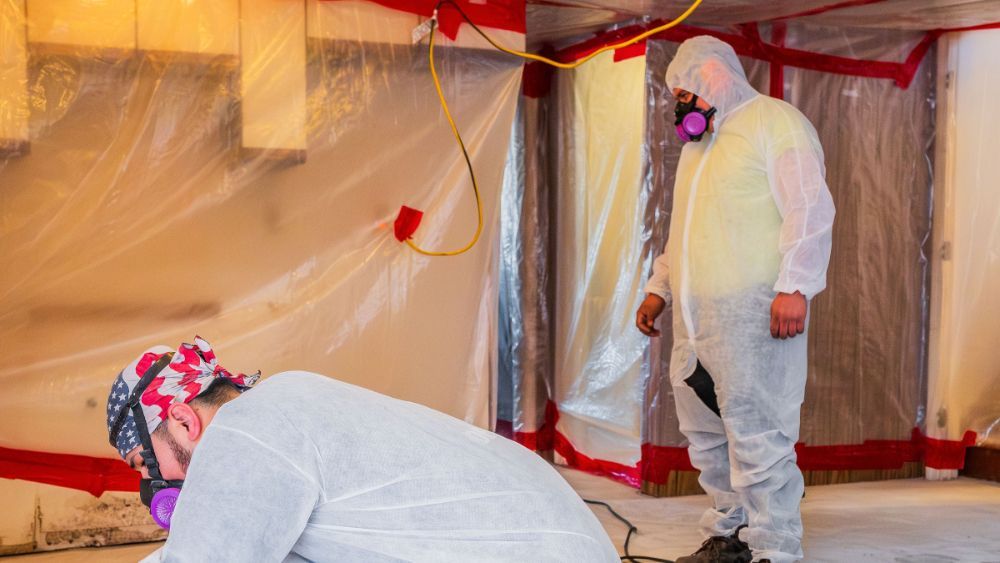
Asbestos removal jobs bring their unique set of challenges. Unforeseen structural complications can pose safety risks and delay project timelines. In this segment, we will delve into these common challenges, which include responding to emergencies, managing difficult materials, and equipment maintenance.
Respond to Emergencies
In emergencies involving an asbestos abatement job, workers need to promptly seal off affected areas to prevent the spread of asbestos fibers. Asbestos workers often use negative pressure enclosure systems to manage exposure scenarios and contain disturbed materials.
Emergency responses may also involve overtime, especially in disaster situations where rapid containment is crucial.
Handling Difficult Materials
To ensure safety, handling difficult asbestos materials during an asbestos abatement job necessitates the use of specialized techniques and tools. Workers need to carefully seal and dispose of these materials to prevent fibers from becoming airborne. This can be particularly challenging in complex structures like insulated pipes and old roofs, requiring meticulous attention to detail and adherence to safety protocols.
Maintaining Equipment

In an asbestos abatement job, it’s vital to maintain equipment to guarantee operational efficiency and safety. Regular calibration of air monitoring equipment is necessary to accurately detect asbestos fibers.
Routine inspection and replacement of HEPA filters in vacuums and air scrubbers are crucial for maintaining their effectiveness in capturing asbestos particles.
Job Search Tips and Resources
For those interested in pursuing a career in asbestos abatement, here are some valuable job search tips and resources:
- Explore online job boards like Indeed and LinkedIn for asbestos abatement job openings.
- Network with industry professionals through organizations such as the Asbestos Abatement Contractors Association (AACA).
- Enhance your job prospects by obtaining specialized training and certification, such as OSHA certification.
- Research companies specializing in asbestos abatement and environmental remediation, such as CRM Workforce Solutions.
- Use relevant keywords like “asbestos abatement,” “asbestos removal,” and “environmental remediation” to find job openings and resources.
Always prioritize your safety and health when working with asbestos-containing materials. Adhering to all relevant regulations and guidelines is crucial to minimizing your risk of exposure and ensuring a safe working environment.
Summary
Asbestos abatement job is a critical field that demands rigorous training, specialized tools, and strict adherence to safety protocols. Understanding the responsibilities of asbestos workers, the education and training they undergo, and the health and safety measures they must follow is essential for appreciating the complexity and importance of this job. The career outlook for asbestos workers remains stable, with opportunities for advancement and competitive salaries.
Compliance with legal and regulatory standards is crucial to ensure safe asbestos removal and avoid legal penalties. Despite the challenges, such as handling difficult materials and maintaining equipment, asbestos workers play a vital role in protecting public health. Their work helps prevent the harmful effects of asbestos exposure, making our environments safer for everyone. By understanding these aspects, we can better appreciate the dedication and expertise required in the asbestos removal industry.
